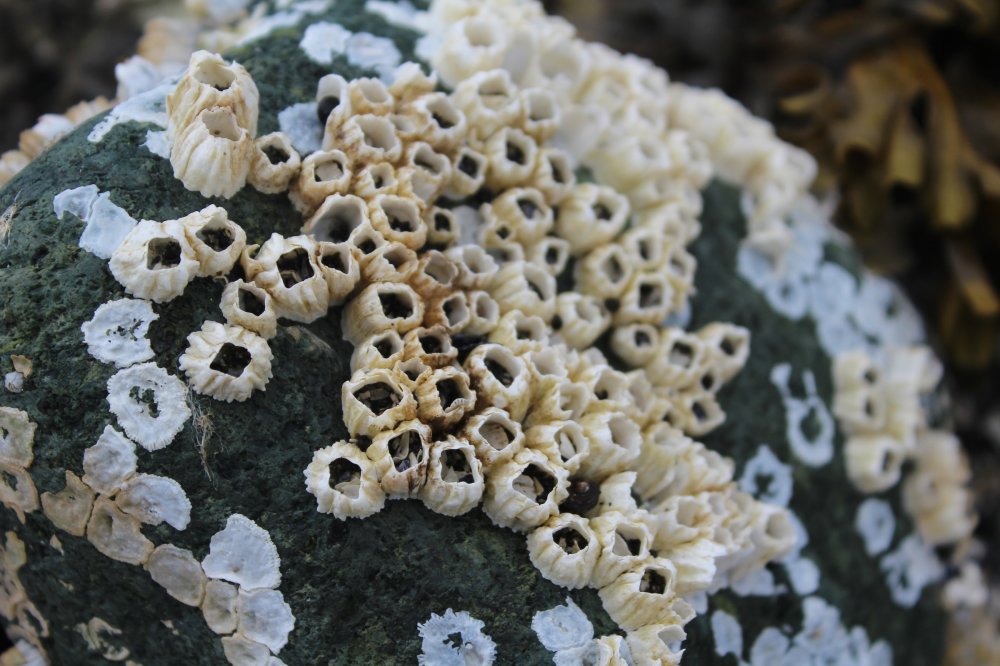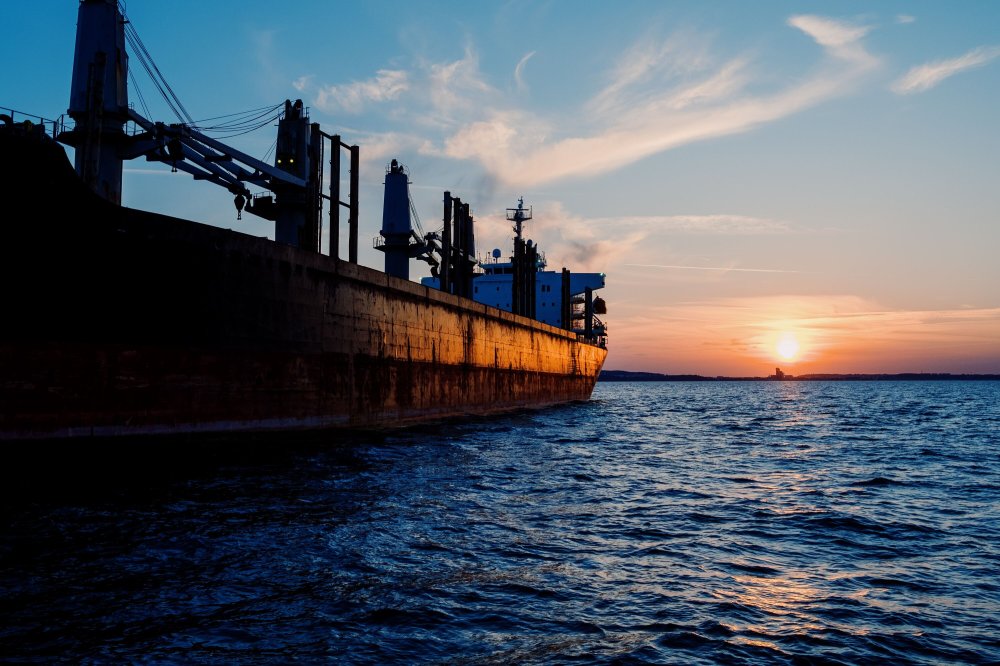News
- Details
- Published: 04 December 2023
Text: Mirka Laurila-Pant, Policy Area Ship Coordinator
The Baltic Sea region serves as a crucial shipping hub, linking countries in northern Europe and facilitating global connectivity. With approximately 1500—2000 International Maritime Organisation (IMO) registered ships navigating its waters continuously, the Baltic Sea ranks among the world's busiest seas. However, this high traffic presents challenges, as these vessels can inadvertently transport unwanted passengers, such as invasive species, spreading them throughout the region. The uncontrolled introduction of invasive species to the Baltic Sea carries severe environmental and economic consequences, including the loss of native species, altered habitats, reduced landings of coastal fisheries, aquaculture damage, and threats to biodiversity and natural ecosystems.
Policy Area Ship supports research on clean shipping and its impact on the environment and wildlife in the Baltic Sea
Recognizing these issues, our Policy Area Ship coordinators and the Steering Group emphasized the need to address invasive species in the Baltic Sea, making this one of the Policy Area priorities in 2021, when the Strategy’s Action Plan was last revised. These thematic priorities are high on the agenda in the meetings and discussions facilitated by Policy Area Coordinators. This indicates to EU funding programmes and other stakeholders in the region what are the topics which require a regional approach rather than be addressed locally or nationally.
It was therefore very welcome that the COMPLETE project (Completing management options in the Baltic Sea region to reduce risk of invasive species introduction by shipping, funded by the Interreg Baltic Sea Region Programme) took the initiative to focus on the two major sources of invasive species associated with shipping: ballast water and ship hulls.
The COMPLETE project consortium, comprising six universities, four research institutes, and two intergovernmental organizations from seven Baltic Sea countries, adopted a comprehensive approach to combat the complex problem. Their approach involved enhancing species introduction monitoring and conducting a thorough assessment of key vectors facilitating such introductions. As a result, countries bordering the Baltic Sea can now monitor non-indigenous species in a coordinated manner.
Additionally, COMPLETE laid the foundation for a harmonized approach to implementing the IMO Ballast Water Management Convention and formulated a first draft of a Biofouling Management Strategy for the region, currently under further development at the policy level within Baltic Marine Environment Protection Commission (HELCOM) experts and working groups.
The Bay Barnacle, Amphibalanus improvisus, is native to the Atlantic and Gulf Coasts of North America ranging south through the Caribbean and South America. It has spread to many parts of the world's oceans on the hulls of ships. Photo by May Gauthier.
Macro-regional cooperation fosters disemination of project results and bridges the reserach community with national governance
COMPLETE was able to effectively communicate updates and results in the region by actively participating in Policy Area Ship Steering Group meetings and dissemination activities. Given the alignment of COMPLETE's goals with Policy Area Ship's work and the broader Safe the Sea objective of the Strategy, the results were widely discussed and distributed within the EUSBSR governance structure, fostering concrete science-policy interfaces between the research community and national governance.
COMPLETE results informed the recently published third HELCOM holistic assessment 2016-2021 (HOLAS 3), turning the project’s results into tools for durable change in the future. Work remains to be done but the joint efforts of project partners in seven countries provided a vital input in showing the effectiveness of improved monitoring in detecting new species introductions.
Cooperation with Impact since 2009
Together, we are building a green, prosperous, and well-connected Baltic Sea Region. Established in 2009, the EU Strategy for the Baltic Sea Region aims to strengthen cooperation and benefit from common opportunities in the region.
Shipping is the most important vector of introduction of harmful aquatic organisms and pathogens in marine environment worldwide. Such organisms can have significant socioeconomic and ecological impacts when they spread to new sea areas, as they can affect human health, livelihoods like aquaculture and fisheries or alter the structure of marine food webs. Photo by Miikka Luotio.
Read more about the positive impact of the Strategy
EUSBSR contributes to easing the way to the labour market for vulnerable groups of young adults





